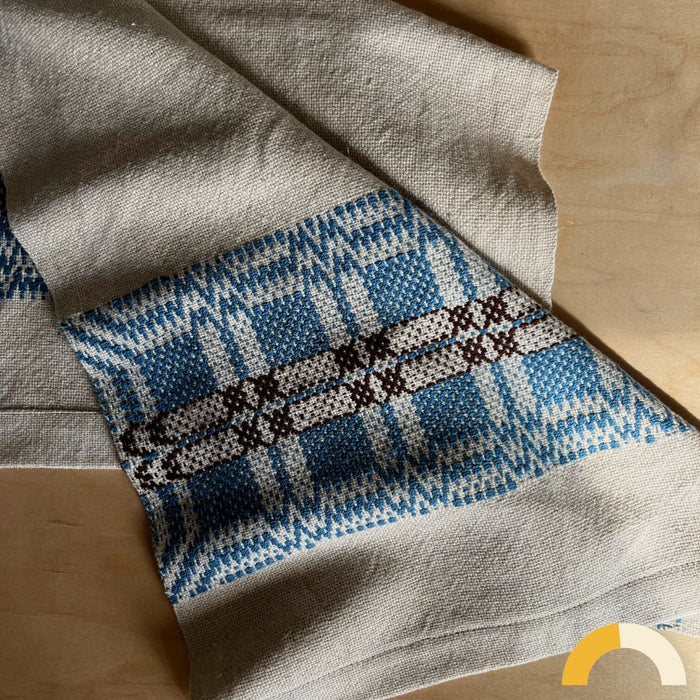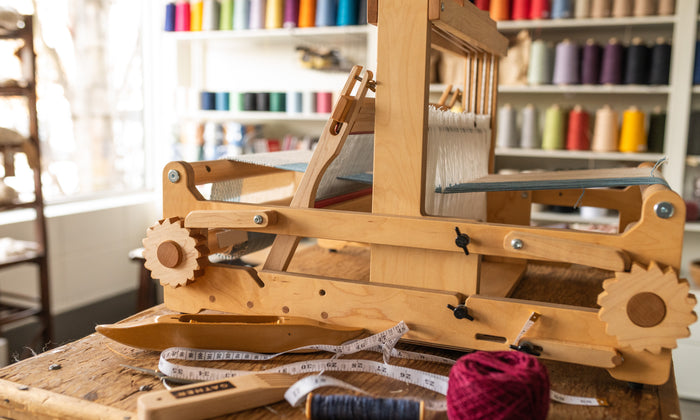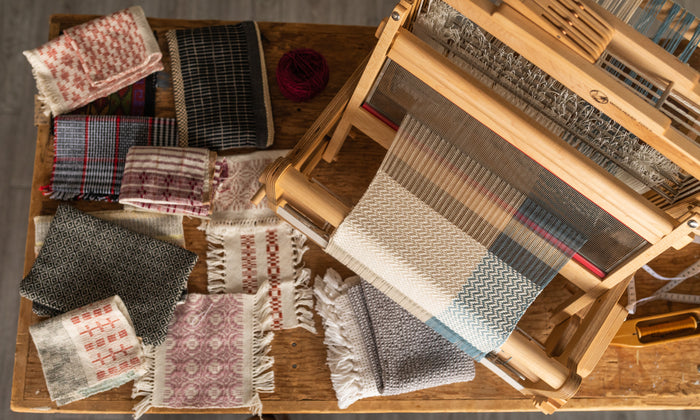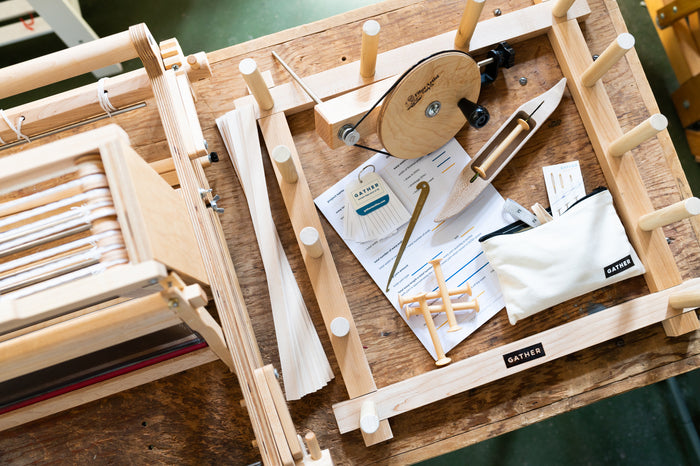The purpose of the reed is to spread out the threads as evenly as possible to create the appropriate width and cloth density for your project.
Your sett might not always spread in the reed with an equal number of ends in each dent. The goal is to spread the threads out as evenly as possible. Sometimes that will mean more than one thread per dent. Having a variety of reeds available is ideal, but if you have only one reed you can still make most projects work. The more evenly you can spread out the threads, the less streaking you will have in your cloth.
 Generally, it is best to aim for as few threads per dent in your reed as possible. More than 2 or 3 ends in each dent can leave reed marks in your cloth that will not come out with wet finishing. Eventually, you will want a selection of reeds to choose from. A 12 dent reed is the most flexible reed and an excellent reed if you have only one. As you gain experience and want to add to your collection, an 8, 10 and 15 dent reed will allow you to weave well at almost any sett.
Generally, it is best to aim for as few threads per dent in your reed as possible. More than 2 or 3 ends in each dent can leave reed marks in your cloth that will not come out with wet finishing. Eventually, you will want a selection of reeds to choose from. A 12 dent reed is the most flexible reed and an excellent reed if you have only one. As you gain experience and want to add to your collection, an 8, 10 and 15 dent reed will allow you to weave well at almost any sett.
Your reed can also be used as a design tool. Purposely threading your reed more densely in some areas and less in others can create a variegated cloth where the spacing becomes a design feature.
This chart is designed to assist you in determining the best way to sley your reed to achieve a given sett. See the following examples in order to best understand how the Reed Substitution Chart works.
Learn more about how to determine the best sett for your project HERE.

Examples
Example 1: You want to weave some 8/2 cotton tea towels at 18epi, but you only have a 12 dent reed. What should you do?
Answer: Sley your reed 2-1-2-1-2-1-2-1-2-1-2-1. This will give you a total of 18 epi using a 12 dent reed as consistently as possible.
Example 2: You want to weave a rug with the warp sett at 8epi, but you only have a 10 dent reed. What do you do?
Answer: Sley your reed 1-1-1-1-0-1-1-1-1-0. This will give you a total of 8 ends per inch using a 10 dent reed as consistently as possible. You may notice subtle streaking in the spaces with no thread. The streaking often becomes less visible after wet finishing.





